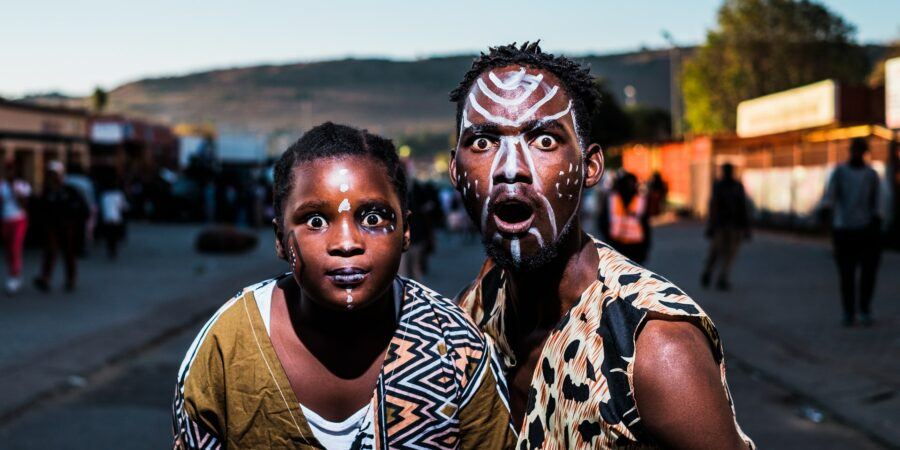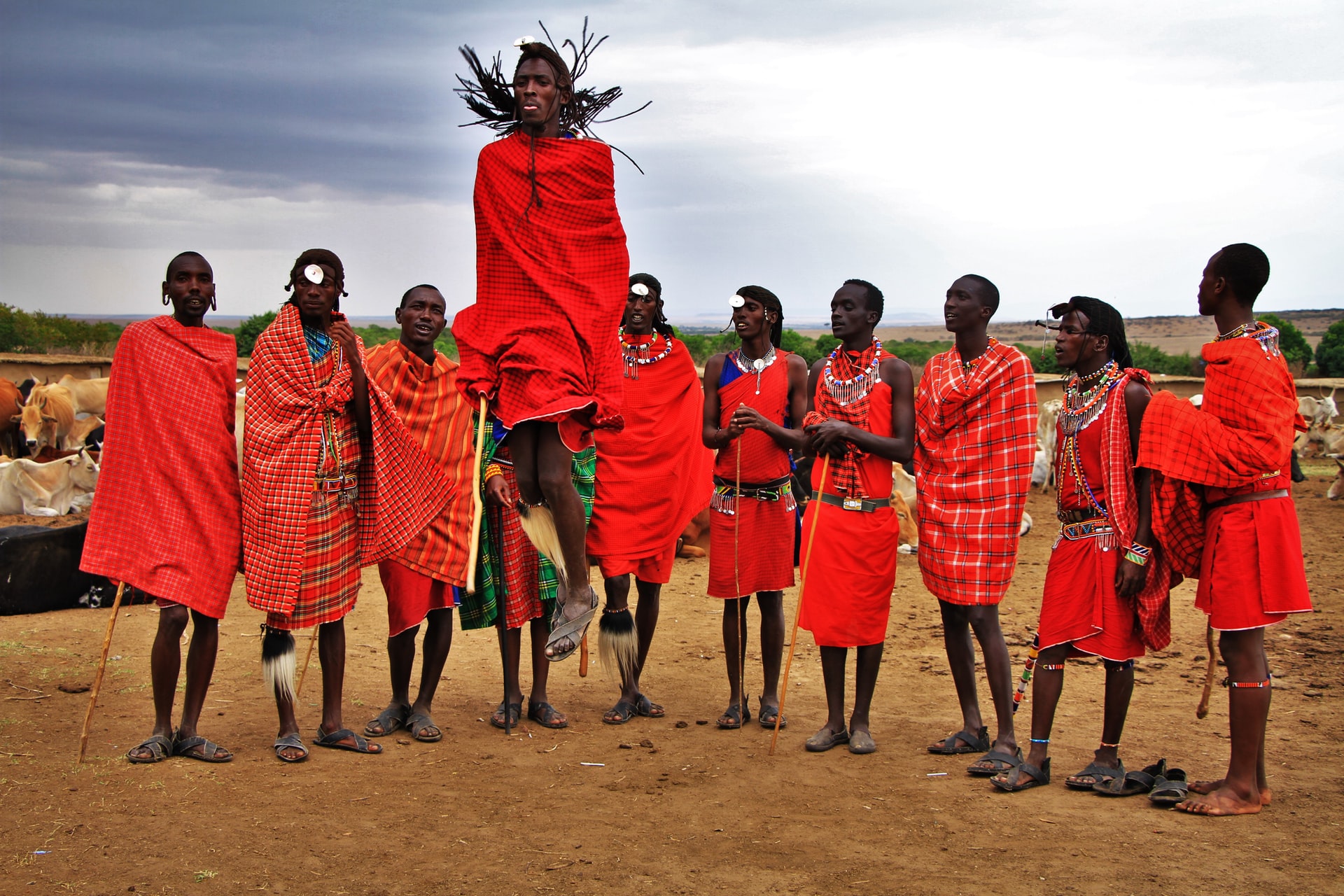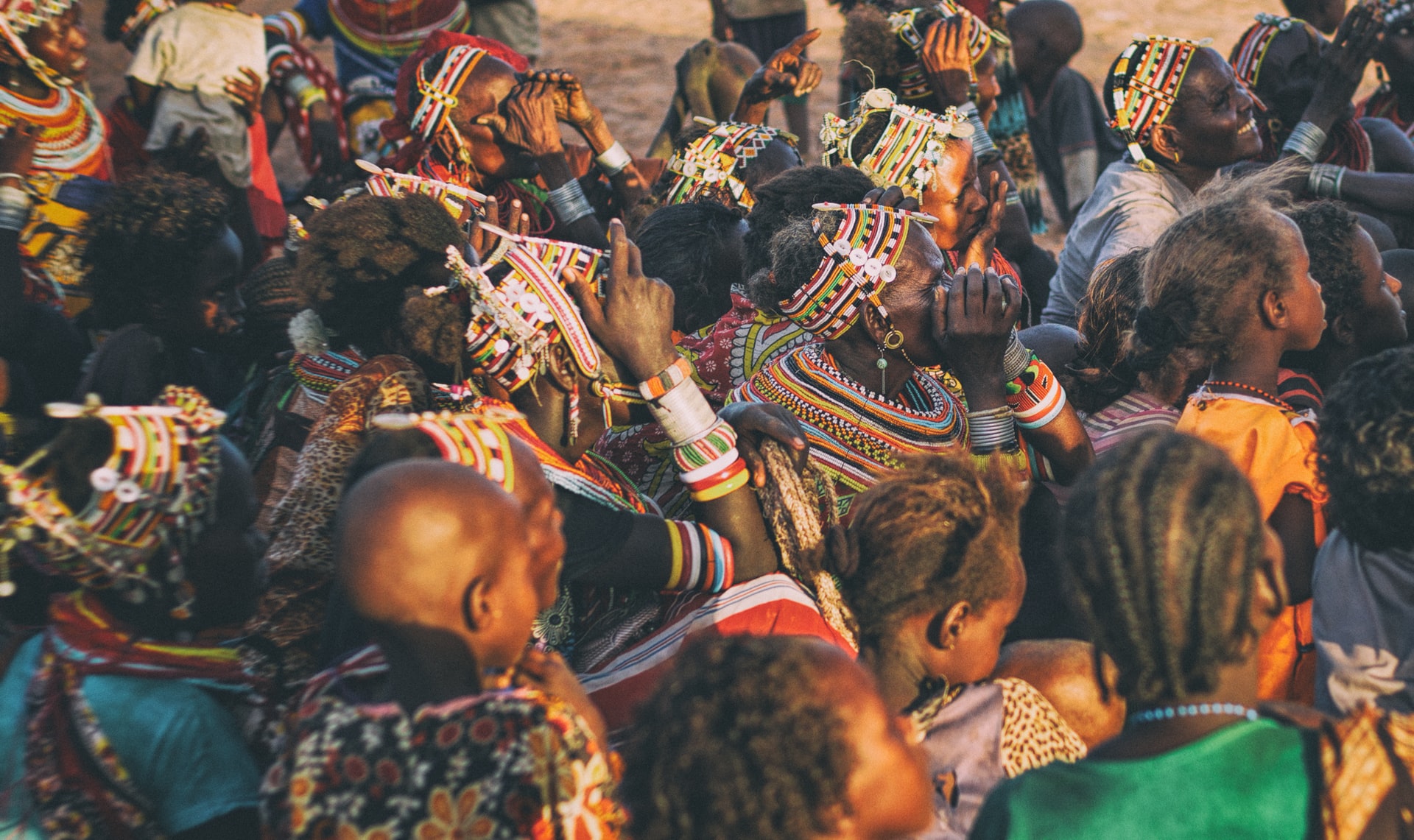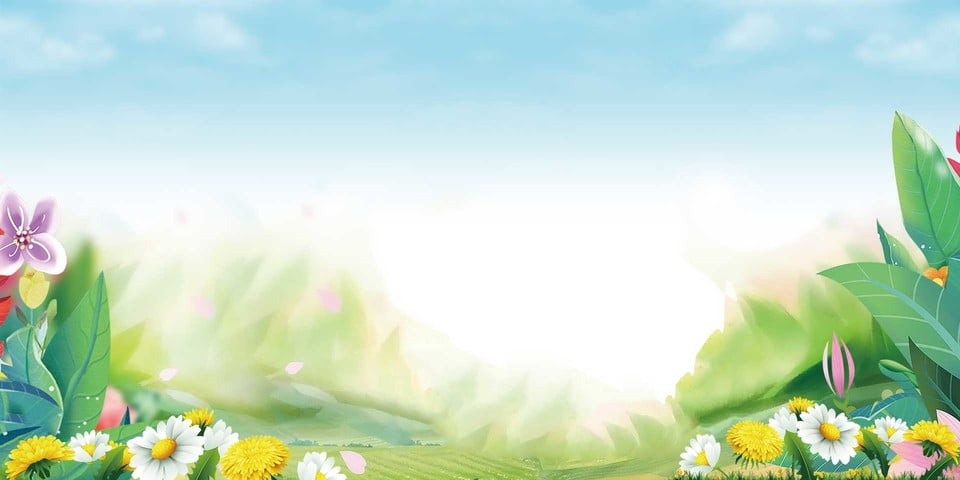With its fascinating tribes and traditions, African diverse culture is a vastly diverse subject matter that can be explored in great depth. Africa, colonized and pillaged for more than 300 years, is a rich and diverse continent. Perhaps no other country better exemplifies this diversity than South Africa, which has a constitution recognizing all 11 official languages as legal.
Africa has a land area of approximately 11.7 million square miles (30.37 million square kilometers). As the world’s second-largest continent, it is also the only one that extends across both the northern and southern hemispheres of the globe.
Africa is home to more than 50 independent countries and has a population of approximately 16 percent of the world’s total. This equates to more than 1.2 billion people worldwide. Fifty-four countries are distinct from one another. There are over 3000 different African tribes to choose from.
Six African Tribes with Traditional African Diverse Culture are featured in this article. Kenyan and Tanzanian Maasai tribes. The Ndebele people of South Africa’s southern region. The Samburu people of Northern Kenya. The Himba people of Namibia’s northwest.
South Africa’s Zulu People: Diverse Culture
Bushman, also known as San or Khoisan, is of Southern African origin. The Maasai of Kenya and Tanzania are a group of people who live on Kenya and Tanzania’s plains. The Maasai people of Kenya and Tanzania, who dress in bright red, are associated with Africa’s Great Plains and savannas.
They are well-known warriors and pastoralists who have wandered the untamed lands of East Africa for hundreds of years. The Adamu is a jumping dance performed as part of the initiation rituals that take place shortly before young adults are initiated into manhood. Pairs of men compete against each other to see who can jump the highest while being accompanied by music.
The ritual is performed to demonstrate prowess and fitness. It is a part of the celebration when the boys reach the age of eligibility for marriage. The best bride is attracted to the man who jumps the highest. Shuka is the name given to the brightly colored cloth used by the Maasai.
Traditionally, red is believed to be a sacred color since it represents blood and is the foundation hue for all shuka. These vivid African garments, worn in combination, distinguish the Maasai as a separate ethnic group in East Africa.
The Maasai are hematophagous, which means that they consume blood as a source of nutrition. Orange symbolizes hospitality, warmth, and camaraderie, while blue represents the sky, bringing rain to the cattle’s pastures. Green represents nutrition and production, while yellow represents fertility and growth.
The Southern Ndebele Tribe Of South Africa Is Comprised Of The Following Individuals:
In South Africa, the Southern Ndebele are widely scattered throughout the northeastern provinces of Mpumalanga, Gauteng, and Limpopo, where they are known as the Ndebele people. The Ndebele tribes are regarded to be distant cousins of the Zulu, and as a result, they share a common language heritage.
The Ndebele, on the other hand, are distinctive in the way they exhibit their diverse culture and their values. Women are in charge of decorating the farmhouse and, in some cases, the exterior of the house. The facades of buildings are beautifully painted with geometric patterns that are loaded with color and are a sight to behold.
Women are in charge of decorating the farmhouse and, in some cases, the house’s exterior. The facades of buildings are beautifully painted with geometric patterns loaded with color and are a sight to behold.
The traditional healer, also known as a sangoma, is obliged to combat these entities, utilizing medicines such as herbs or hurling bones as weapons. Both boys and girls are subjected to initiation ceremonies, with initiation schools held every four years for both genders. When Ndebele boys reach the age of roughly 18 years, they are organized into regiments, known as Indiana.
Northern Kenya’s Samburu People Are Described As Follows:
The Samburu tribe of north-central Kenya is comprised of pastoralists who live on the vast plains of the Samburu region in the country’s north. Historically, they are believed to have migrated south from the Nile region of North Africa. Where they are closely connected to the Maasai people of Kenya.
They speak a dialect of the Maa language that is unique to the Samburu people. The Samburu are well-known for their brightly colored clothes as well as their unique social system.
The men wear a pink or black fabric, which is akin to the Scottish kilt, and they are adorned with bracelets, anklets, and necklaces, just as in Scotland. Warrior age-group members, known as the Moran, are famed for wearing their hair in lengthy braids. Female shorn heads and two cloths, one worn around the waist and the other around their chests, distinguish them from their male counterparts.
The Himba People Of Namibia’s Northwest Region:
The Himba, a tenacious tribe that lives in the harsh Kunene region of northwest Namibia, inhabits the desolate Kunene region. They are hunter-gatherers and pastoralists who descended from the Angolan Herero people who migrated southward.
In the middle of the community, a sacred fire burns continuously and is never permitted to go out. Each family has a fire-keeper whose responsibility is to manage the holy flame. Interestingly, this divide also extends to water usage for bathing, which is restricted solely for male use.
Females employ herb smoke from a campfire to cleanse their pores and keep their hygiene in good condition. Women traditionally perform the more physically demanding duties such as carrying water, milking cows, building homes, and rearing children, while males perform the more intellectually demanding tasks such as farming. During this time, the men deal with politics and livestock. Because they are forced to survive in such a hostile environment, it is assumed that this bilateral descent will increase their chances of survival. The Himba nomadic African Tribe Diverse Culture has historically traveled from waterhole to waterhole tending their cattle and goats, but this has changed in recent years.
The Zulu people of South Africa are a group of people who speak a language called Zulu. The Zulus of today are progressive and modern in their outlook. While formal attire is designated for exceptional occasions, casual attire is acceptable on most days. It is said that the Zulu people have strong ties to both their ancestral and historical roots.
Symbolic Significance
The patterns and colors have symbolic significance. The symbology is intricate and one-of-a-kind while also being practical and aesthetically pleasing. It is, therefore, no surprise that curio shops may be found everywhere from airports to cultural villages and beyond. Zulu beaded trinkets can be found in abundance at tourist destinations throughout the country. Using the example of a triangle, a female is represented by the sign, whereas a guy is represented by an inverted triangle.
A married man is represented by triangles that are joined tip-to-tip, and a married woman is represented by triangles that are joined base-to-base. Each hue is infused with the duality of life and has a negative and a positive connotation, making them ideal for expressing one’s emotions. For example, red is associated with love and passion, yet it may also represent rage and heartbreak. The color blue represents faithfulness and request, but it can also express hostility and disapproval in the same way.
The Bushman, Also Known As The San Or The Khoisan, Of Southern Africa:
The Khoisan Diverse Culture, often known as the first people of South Africa. It is renowned for its intimate connection to nature, its nomadic lifestyle, and its ability to survive in harsh conditions. As well as their language, which consists of clicking sounds.
The depictions serve as both entry points into these realms and as records of the encounters with these places. Anthropologists believe that rock art is a graphic portrayal of the famous trance dance, seen in the movie Trance.
For many years, it was believed that the paintings were essentially pictures of everyday life and that the artist had no intention of creating anything new. It is from caves in the Drakensberg Mountains that this mineral is derived. As far as we know, leopards, eland, and elephants used to roam the area, but they are now all extinct in the area.




